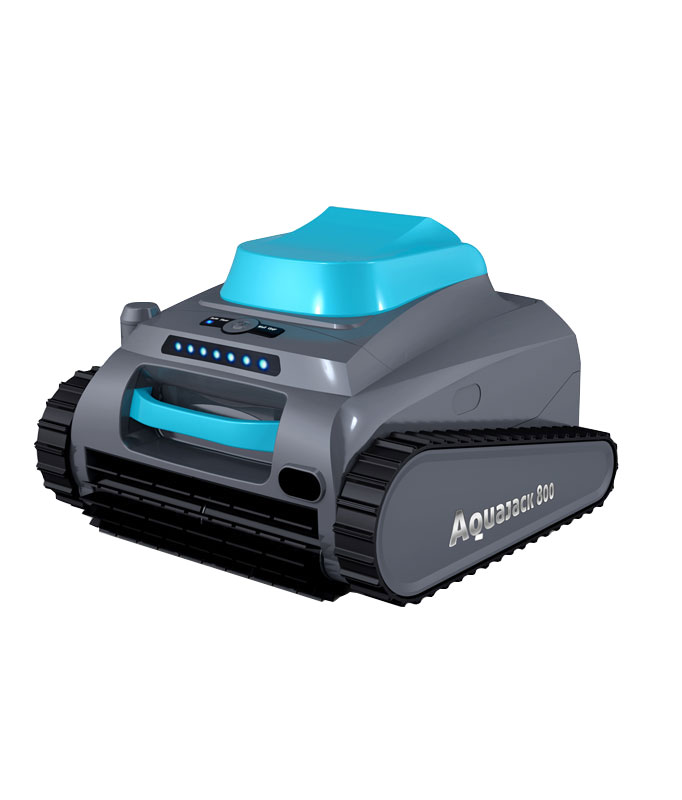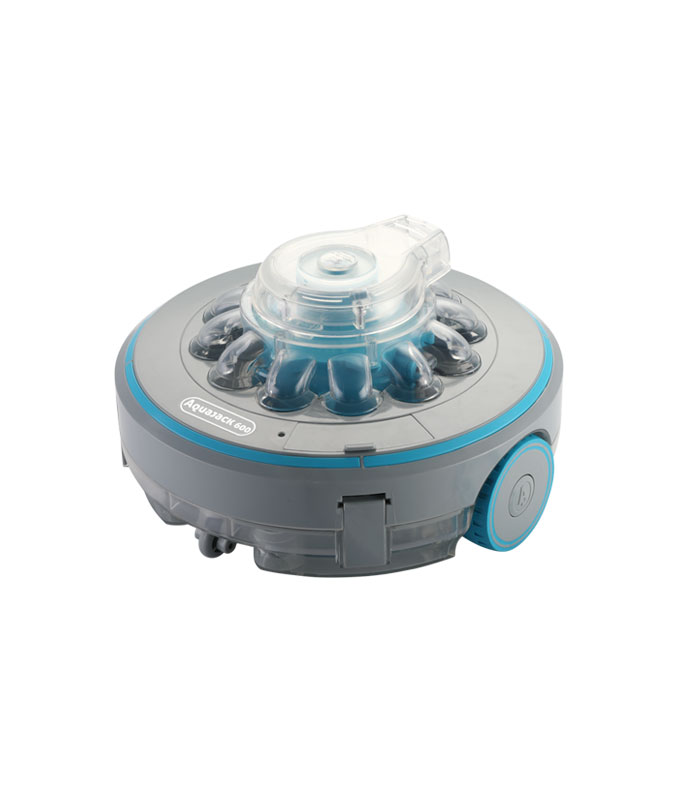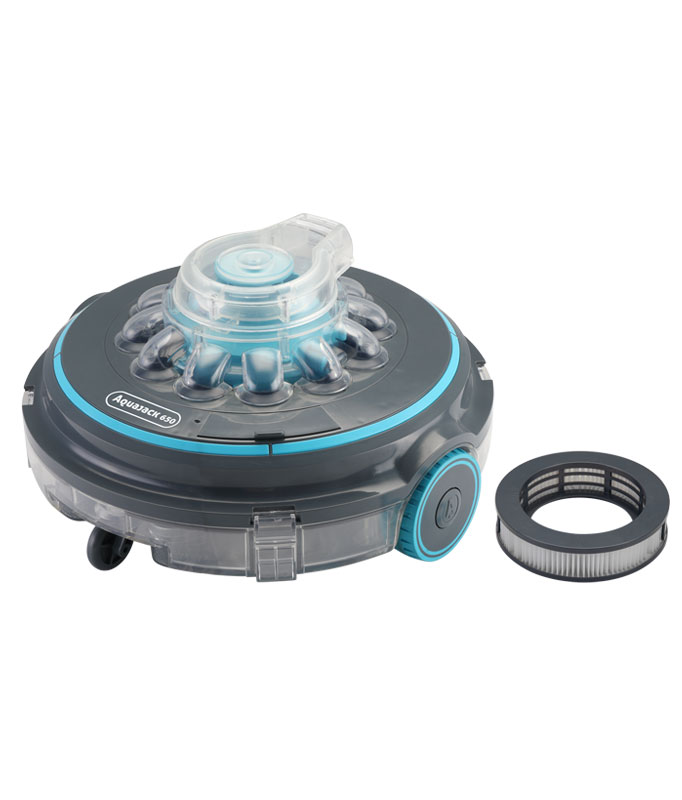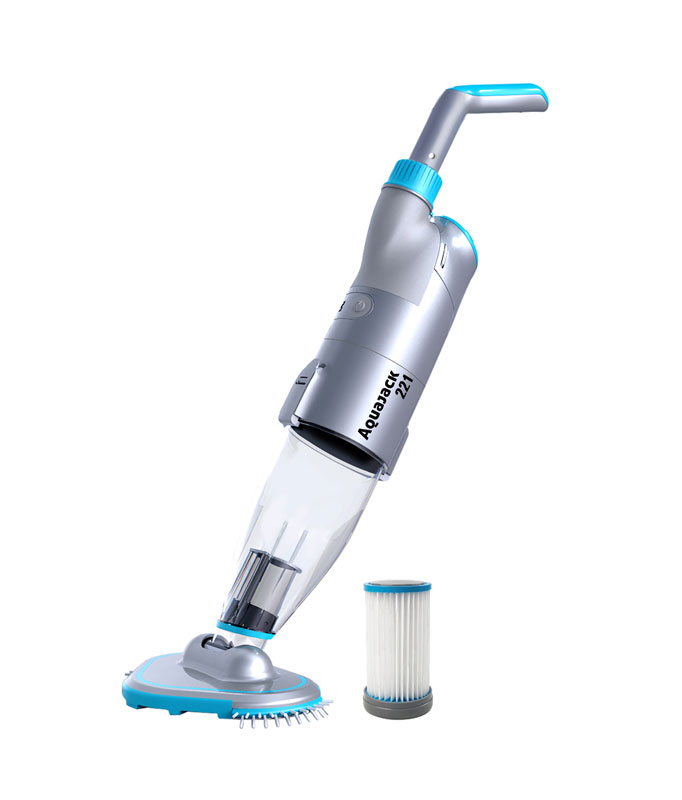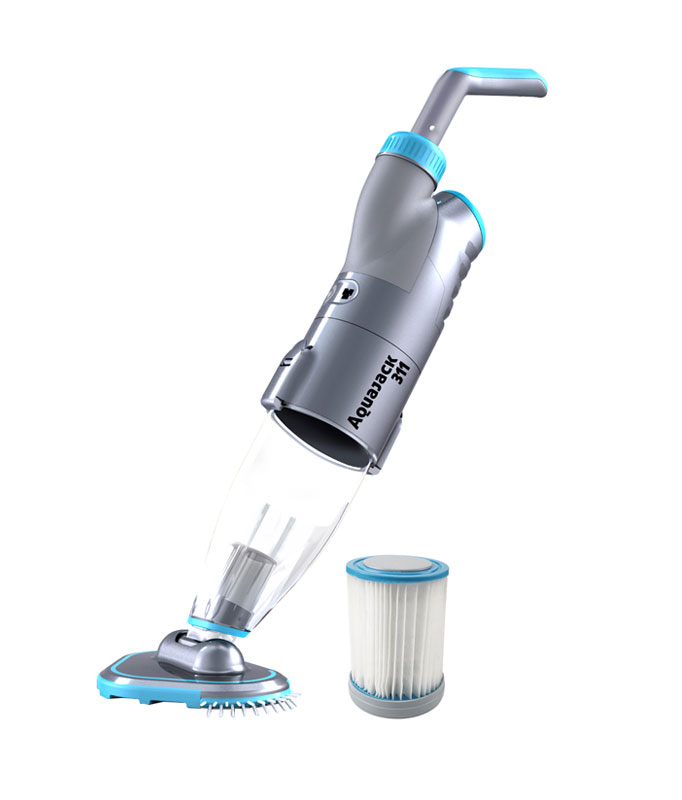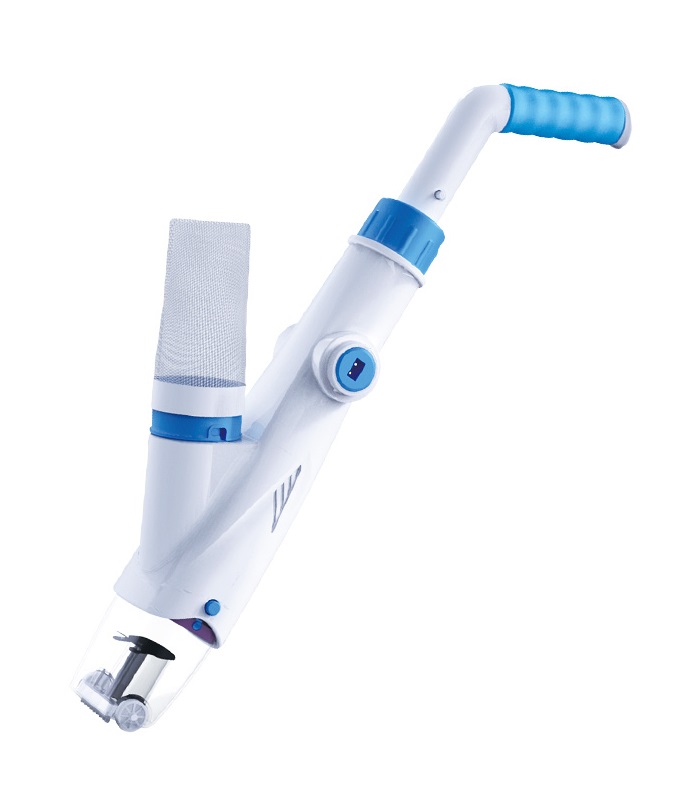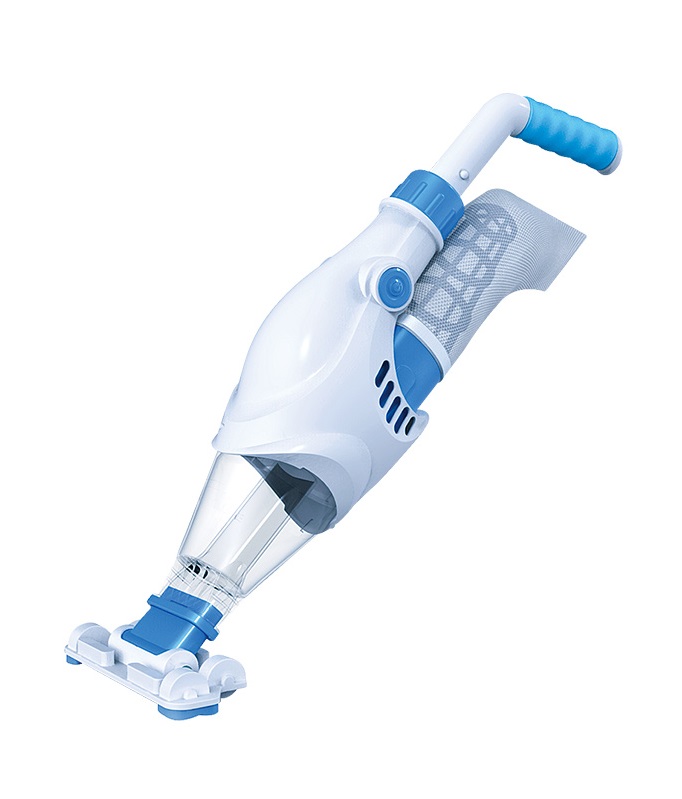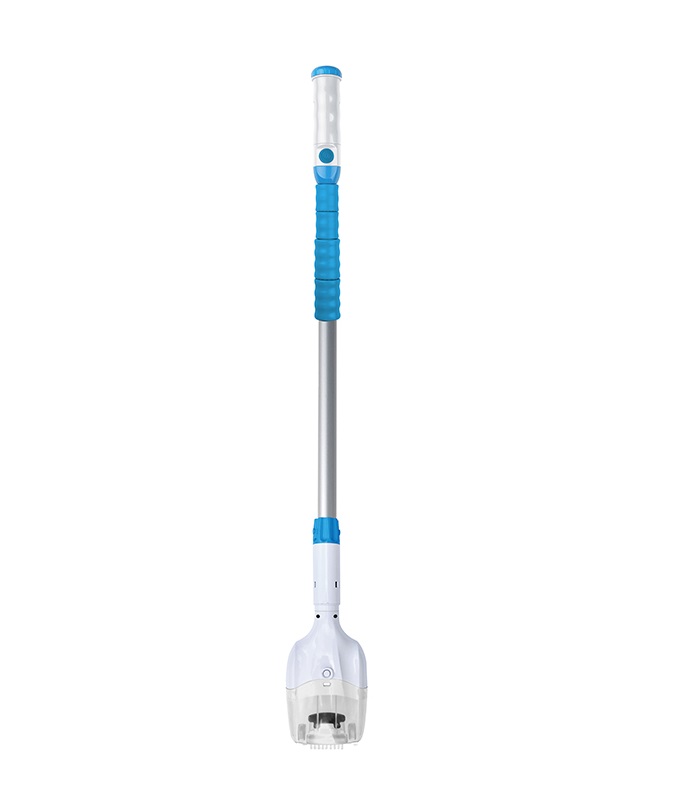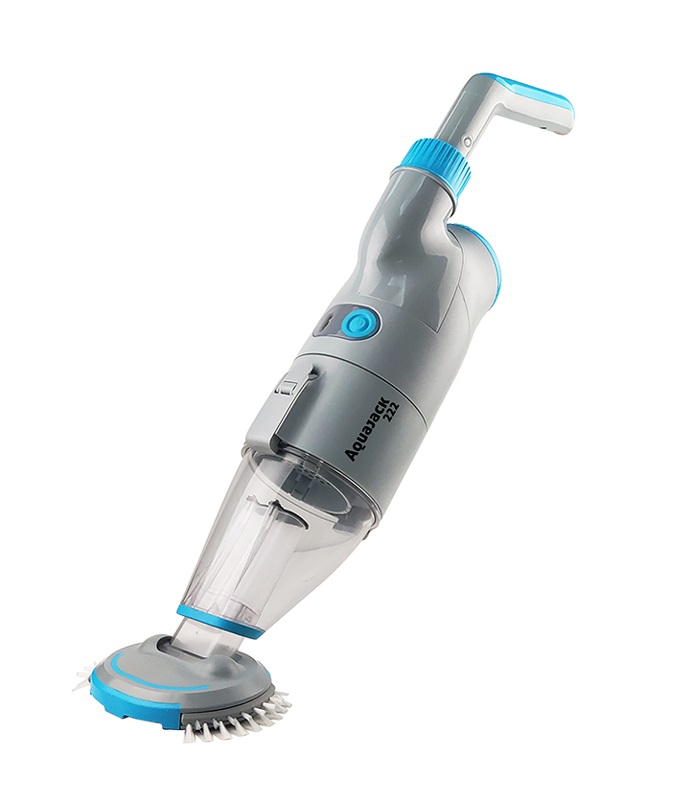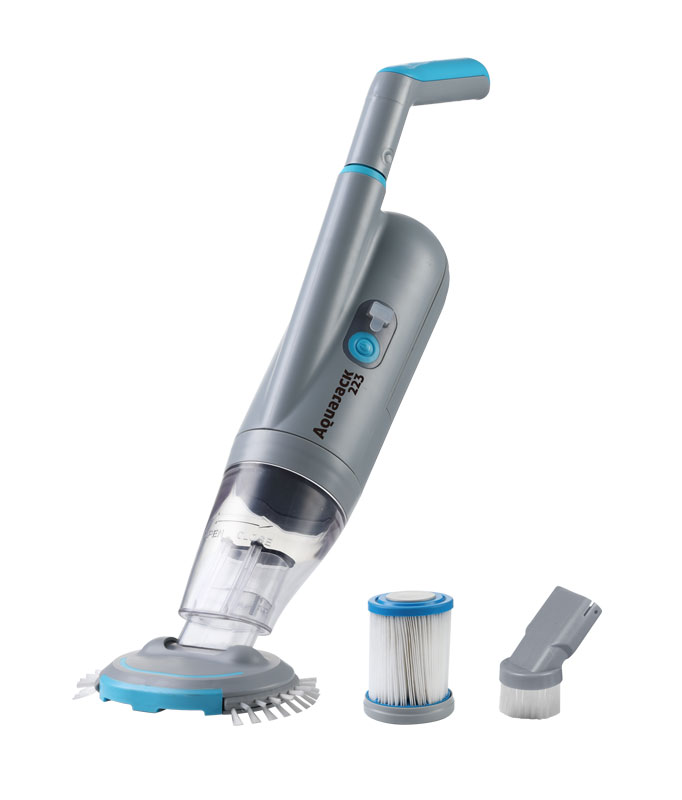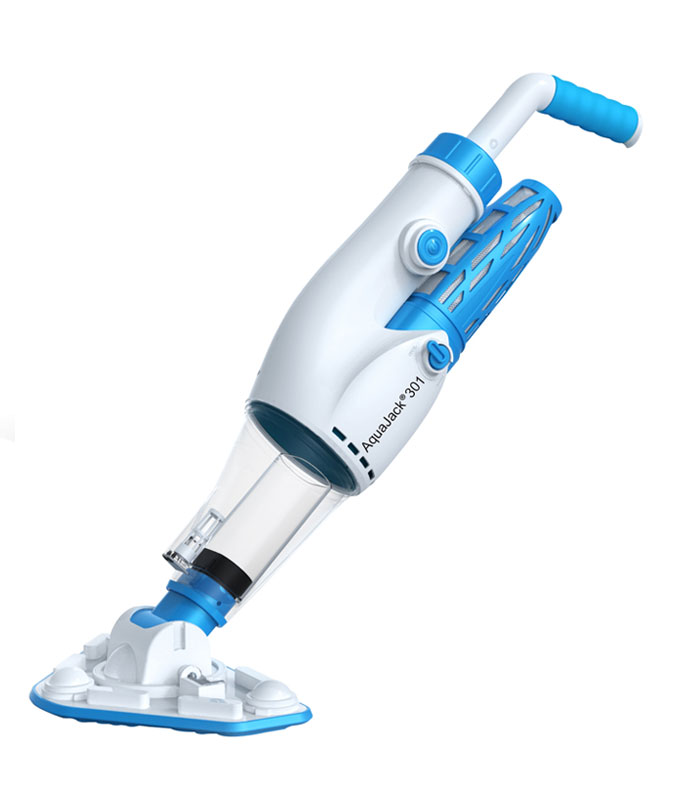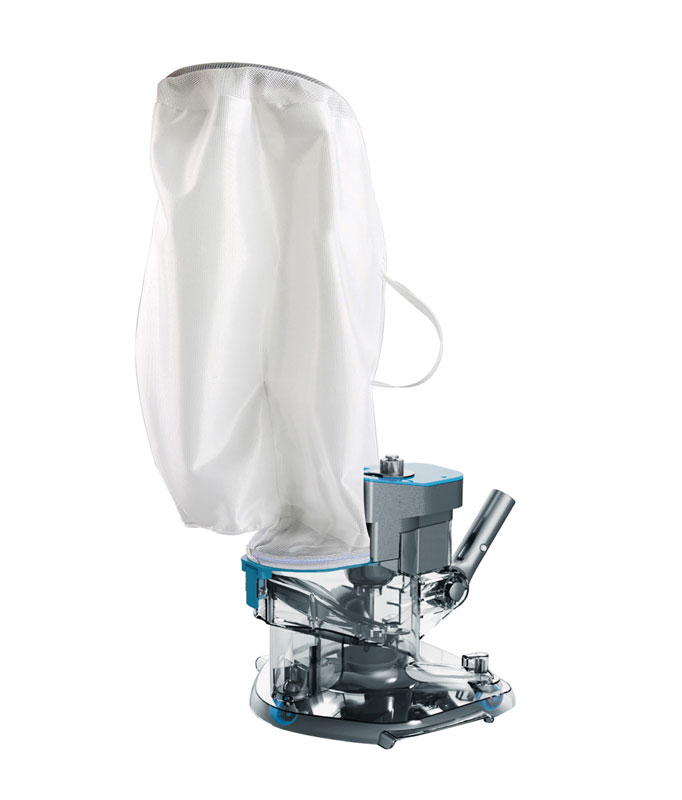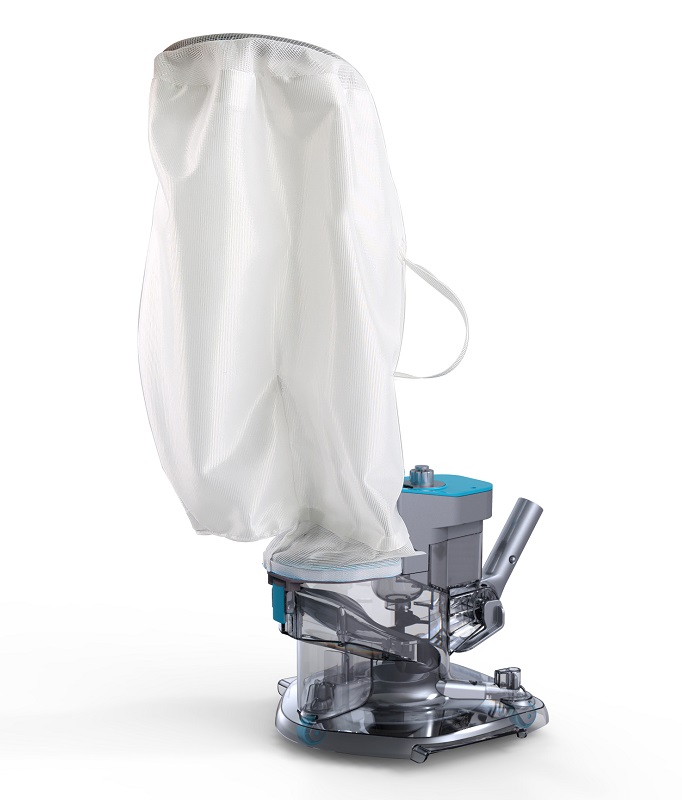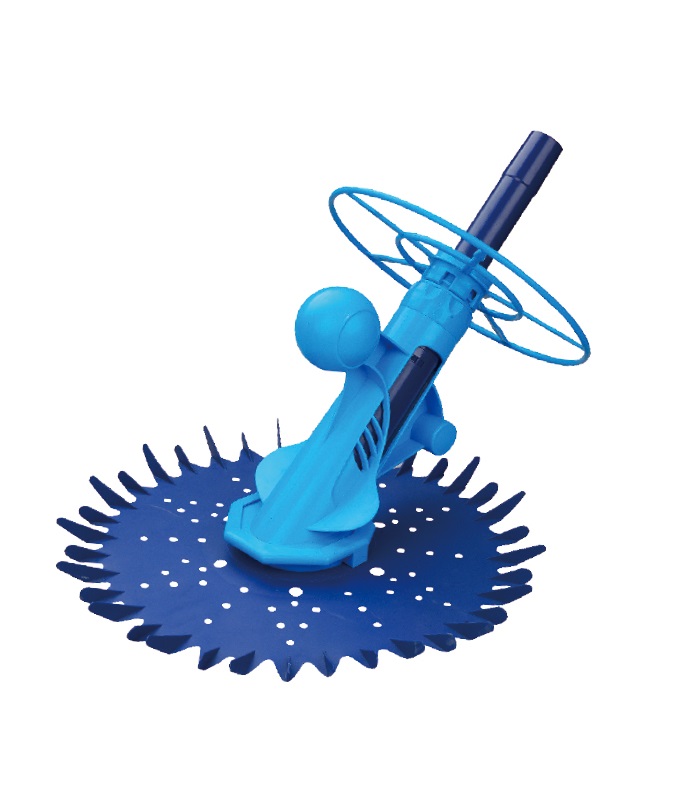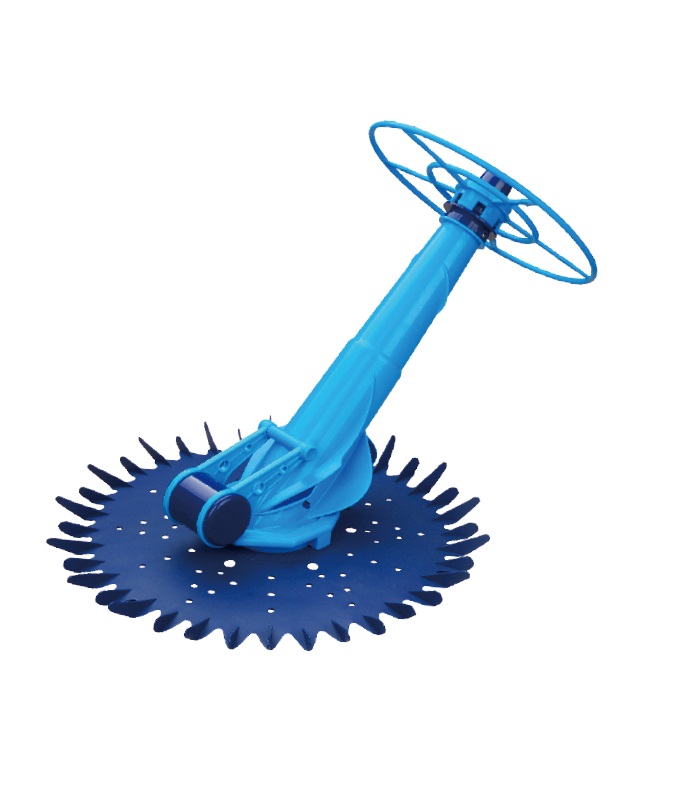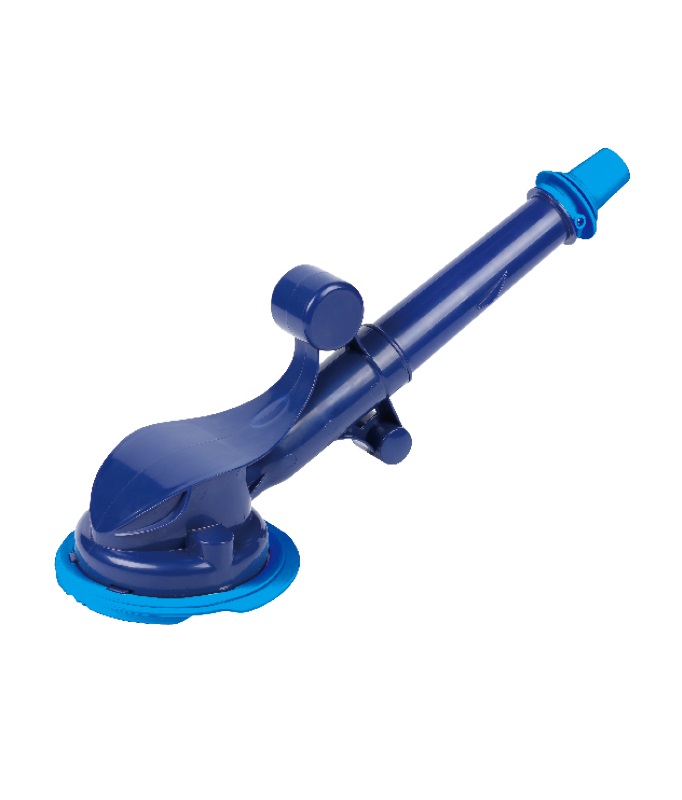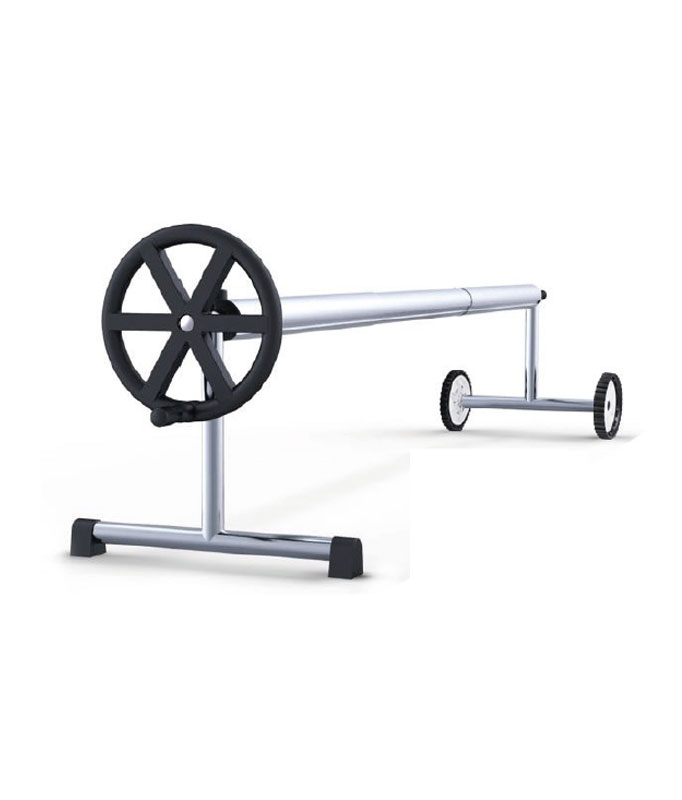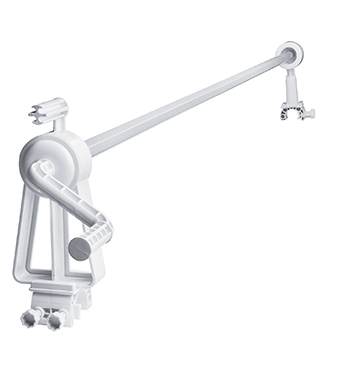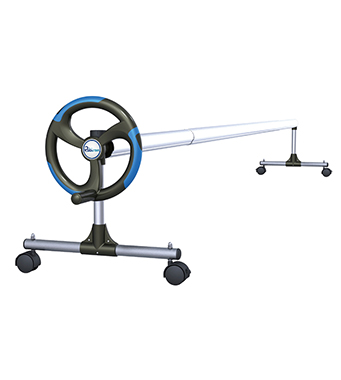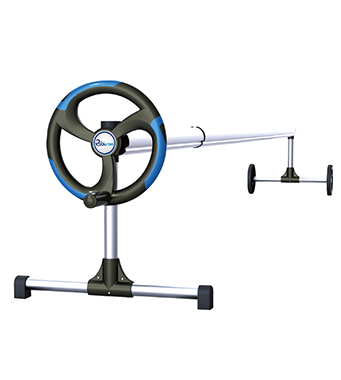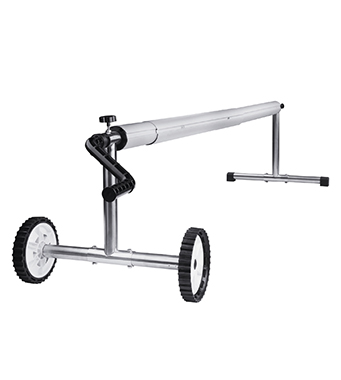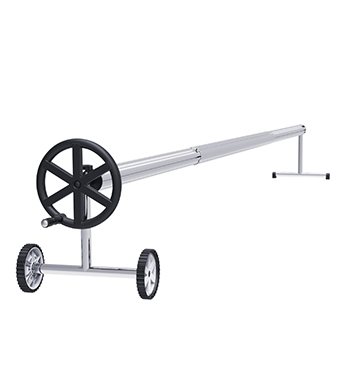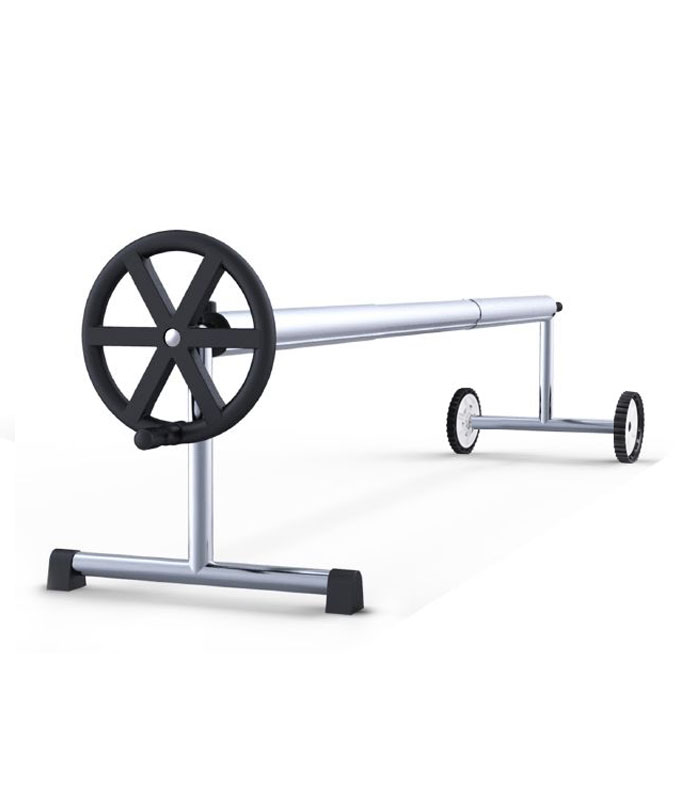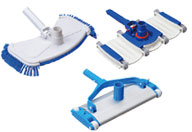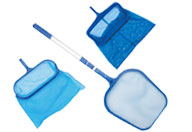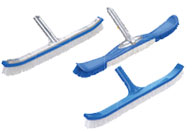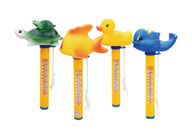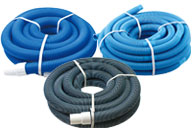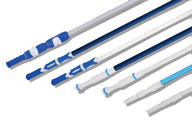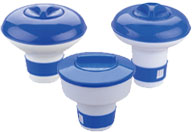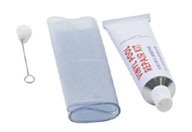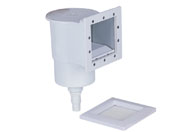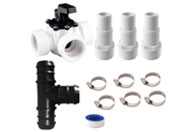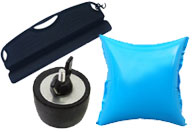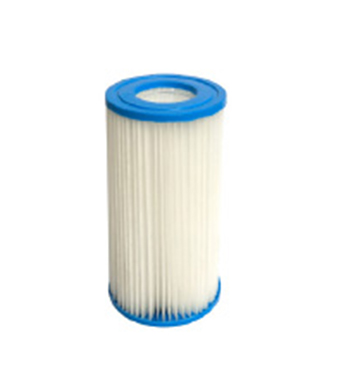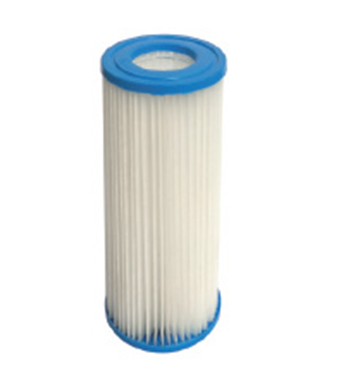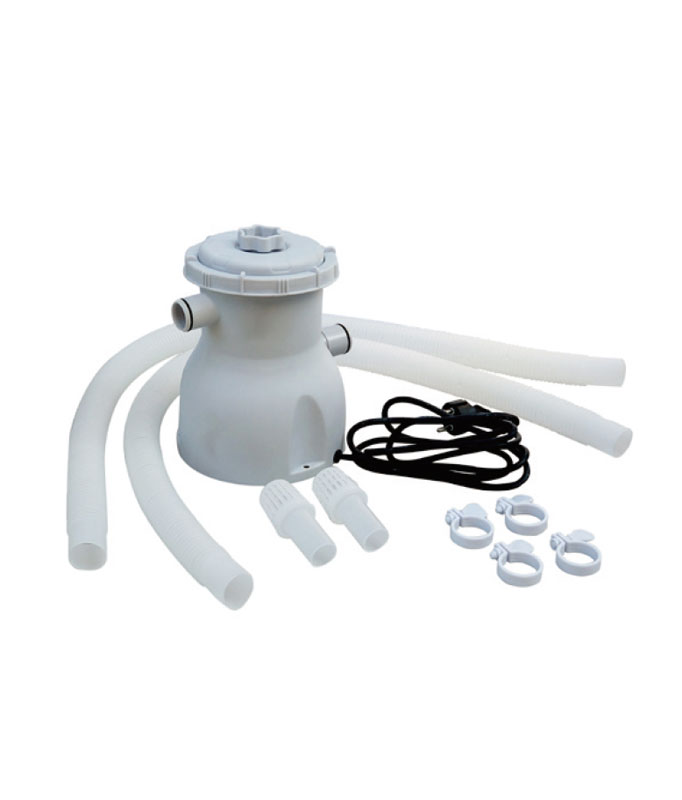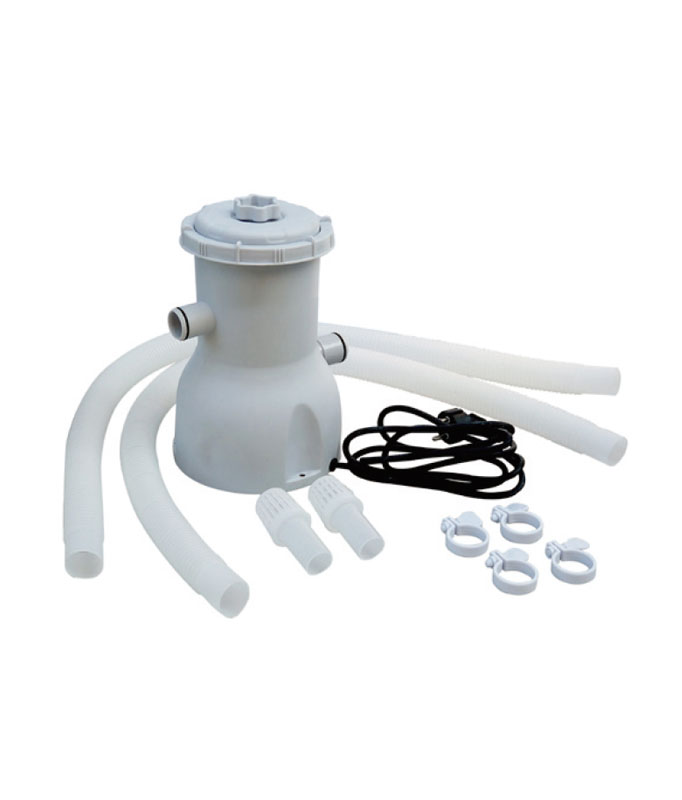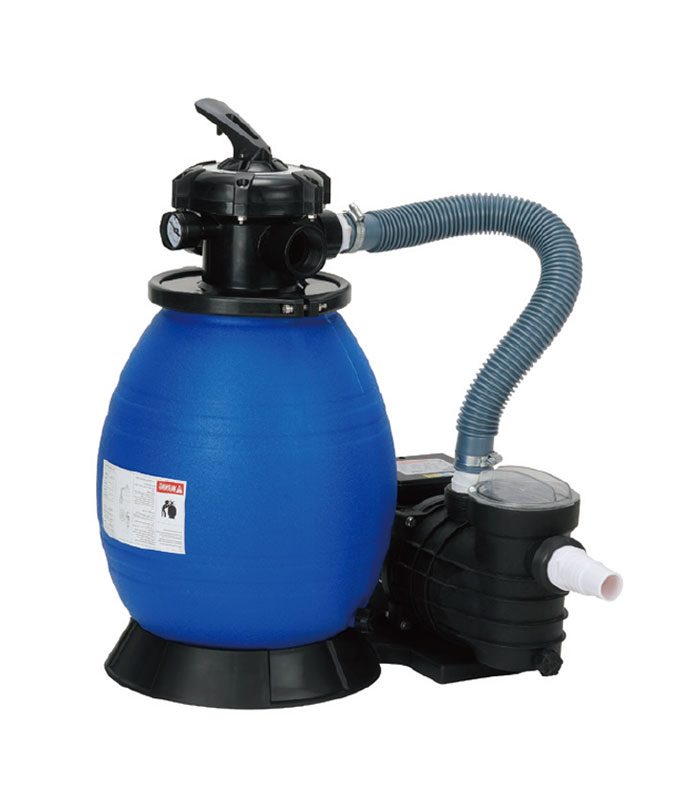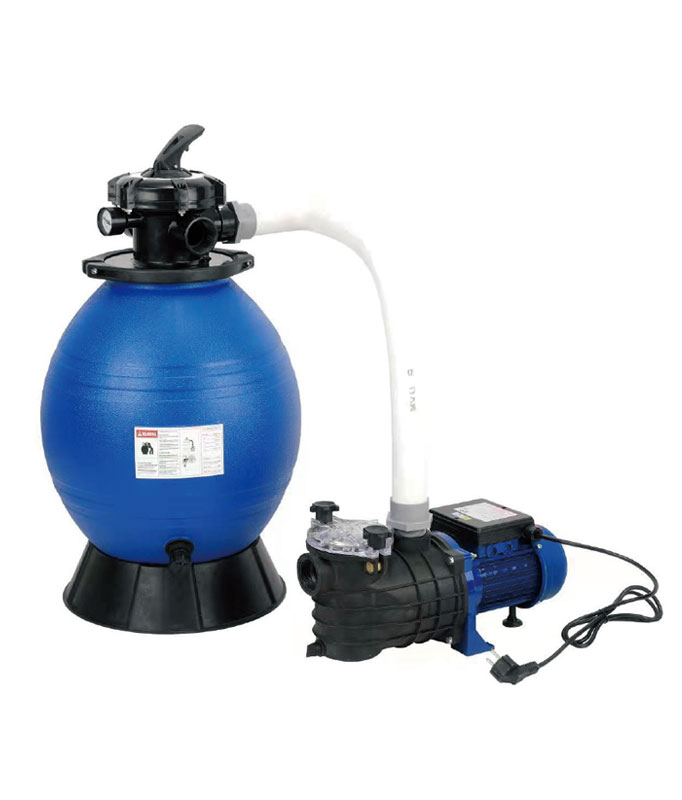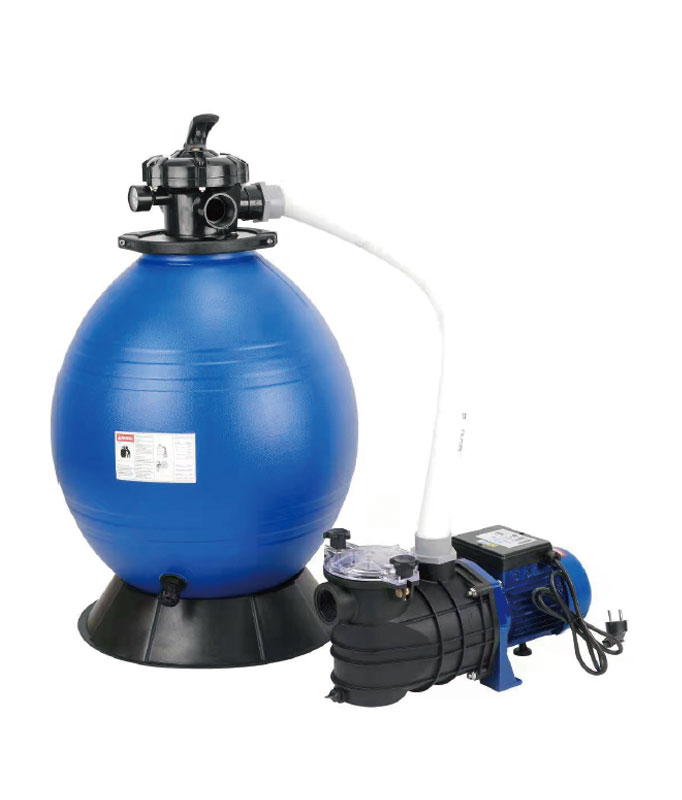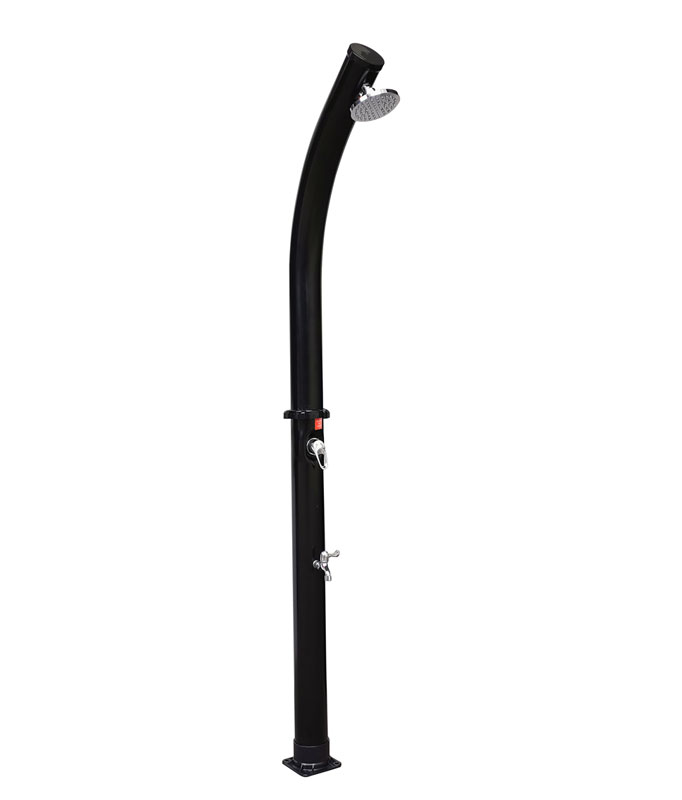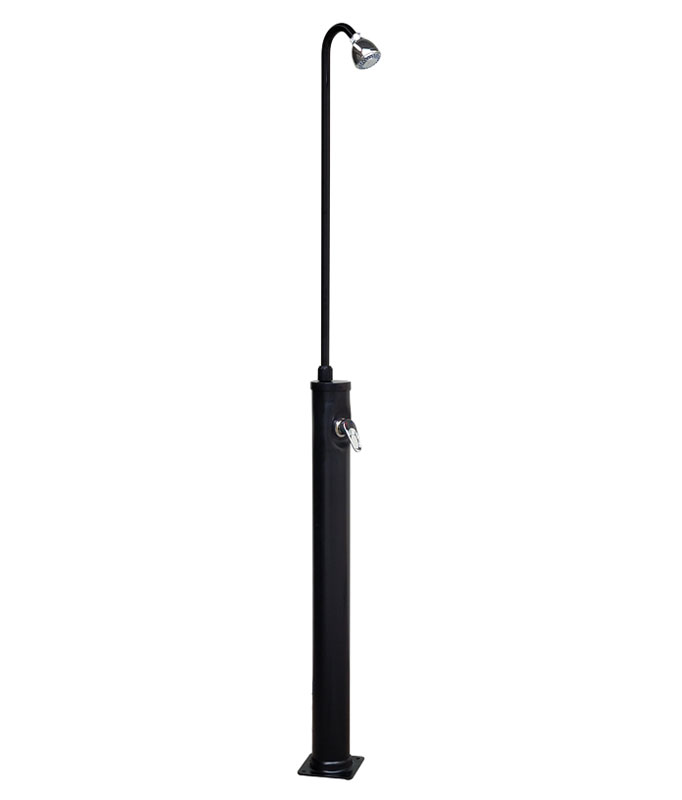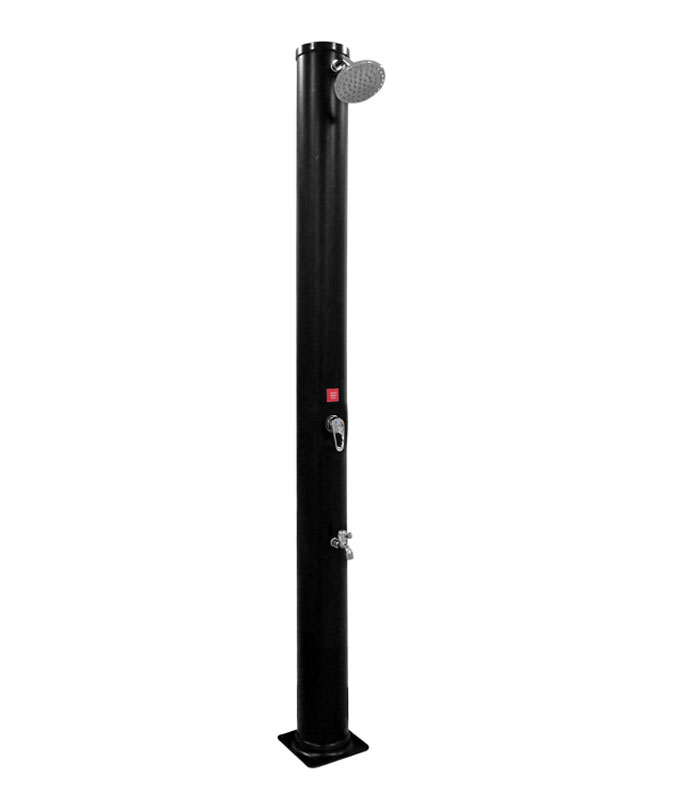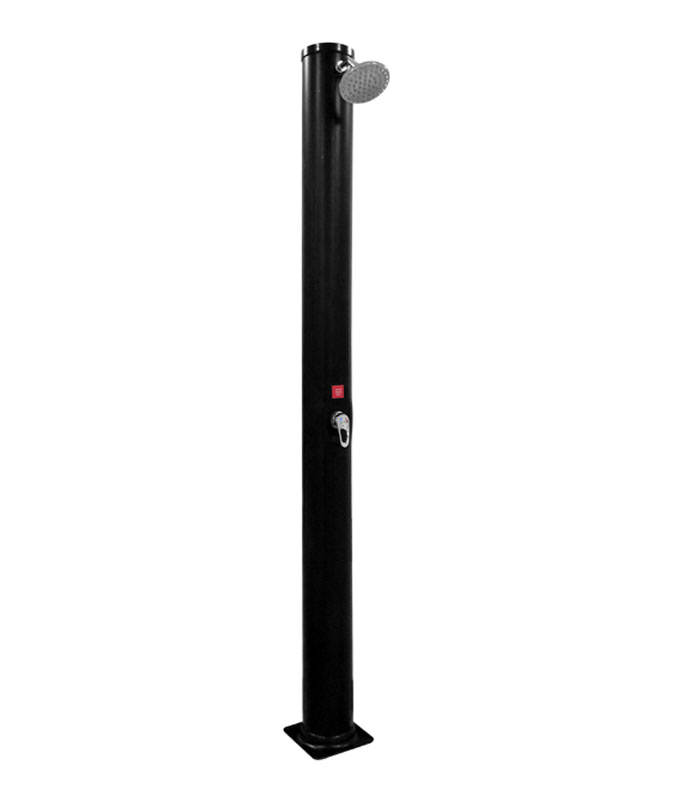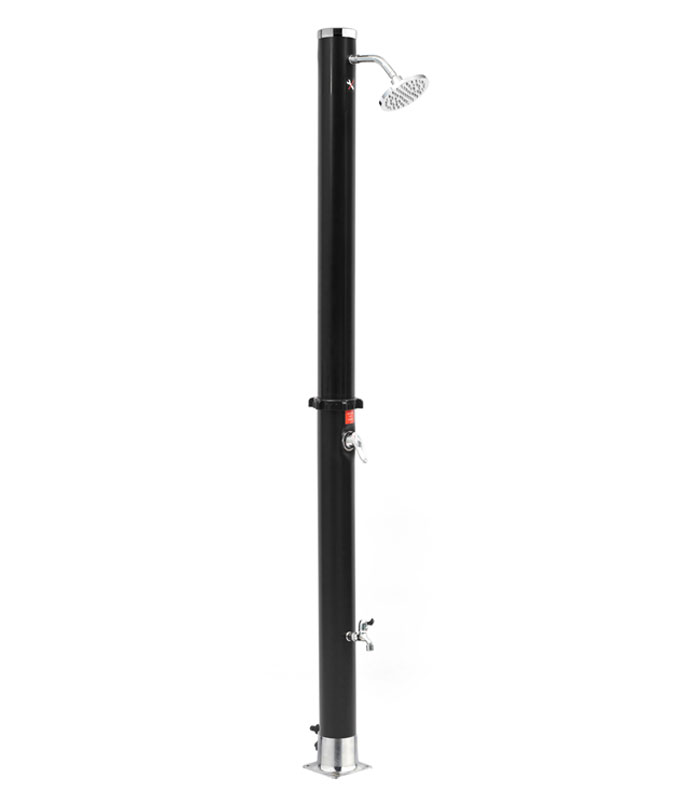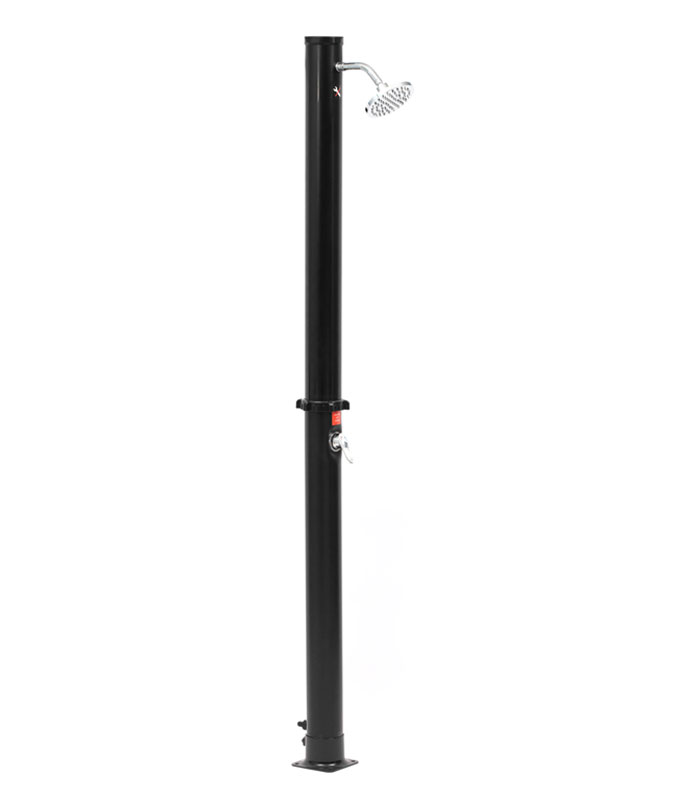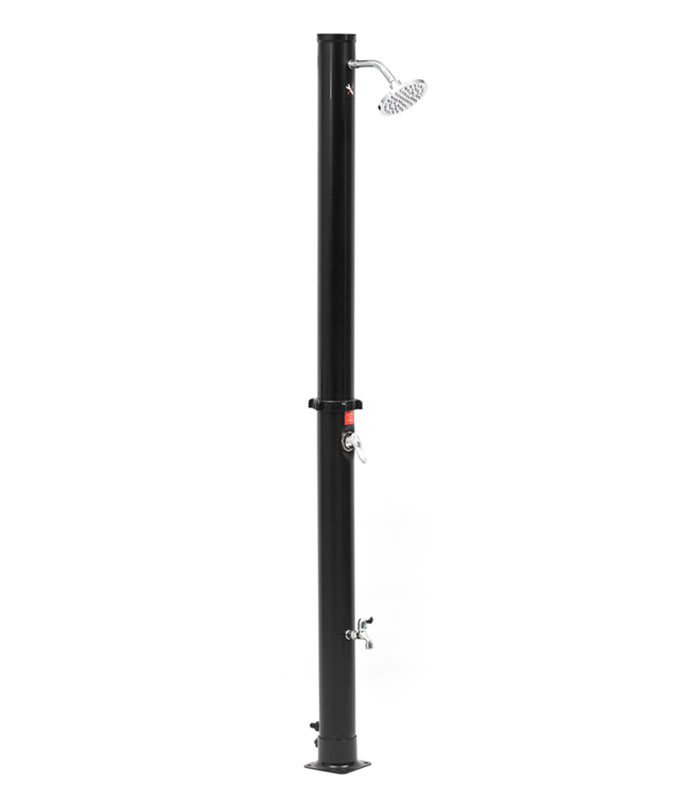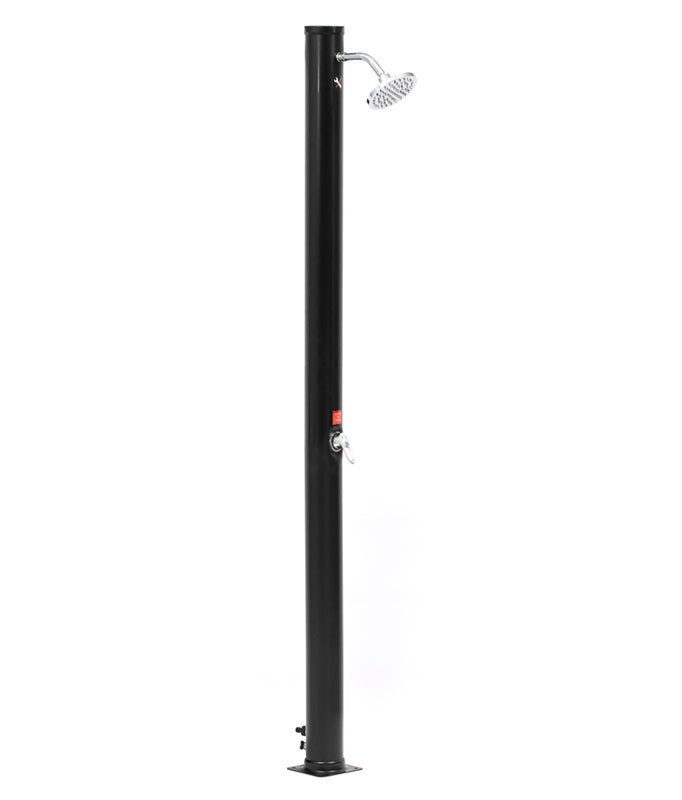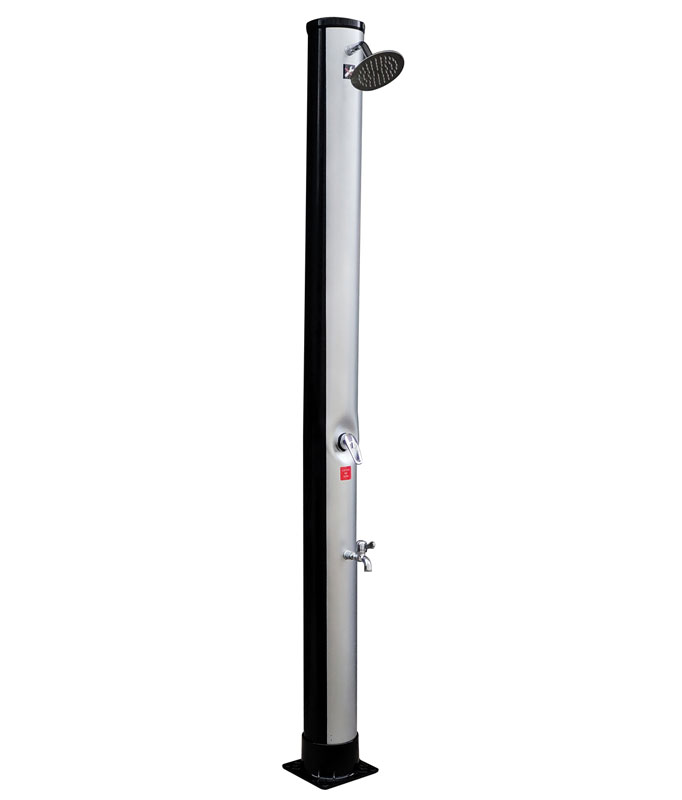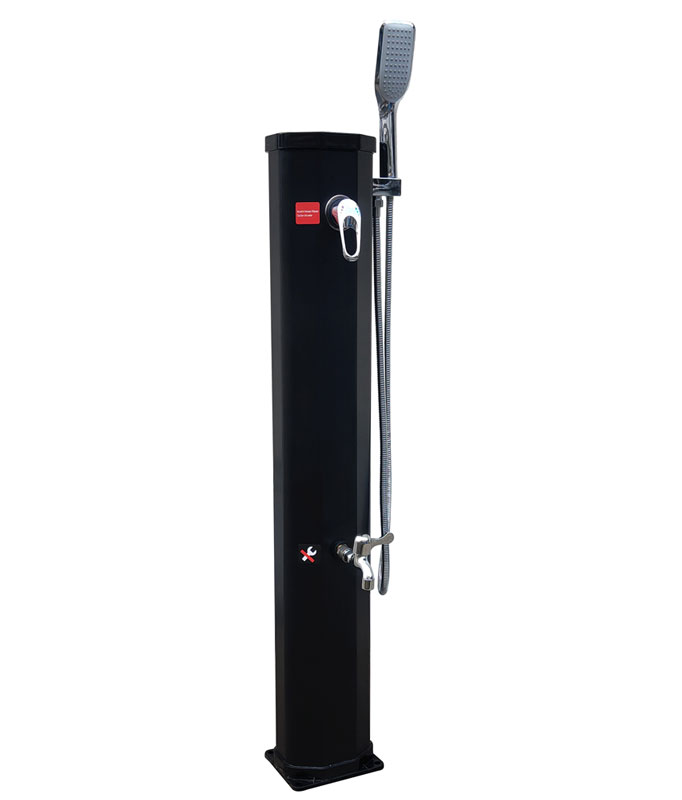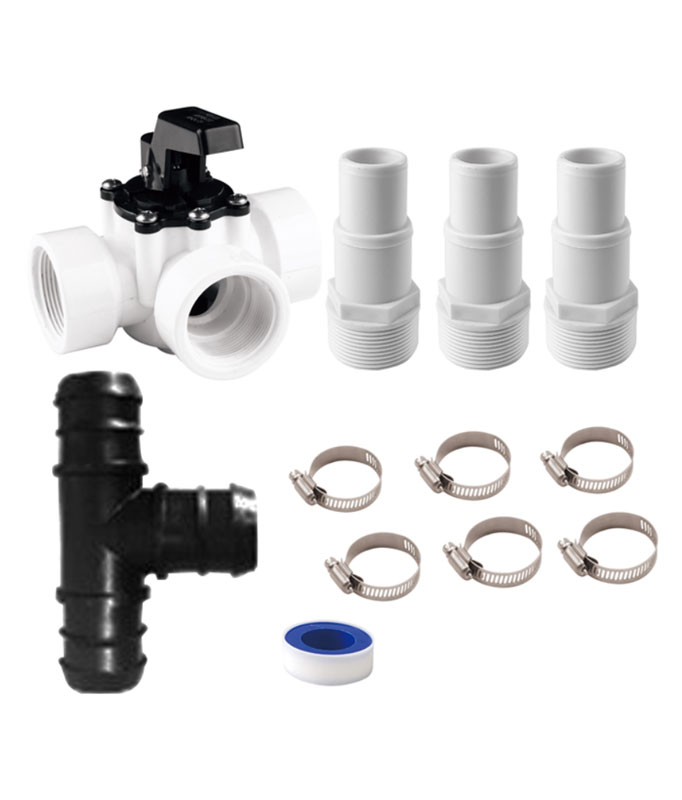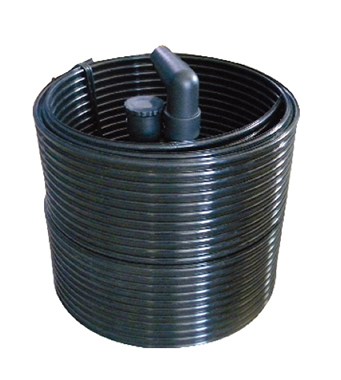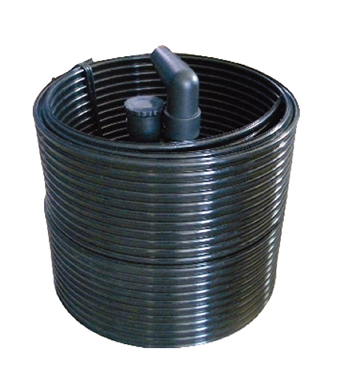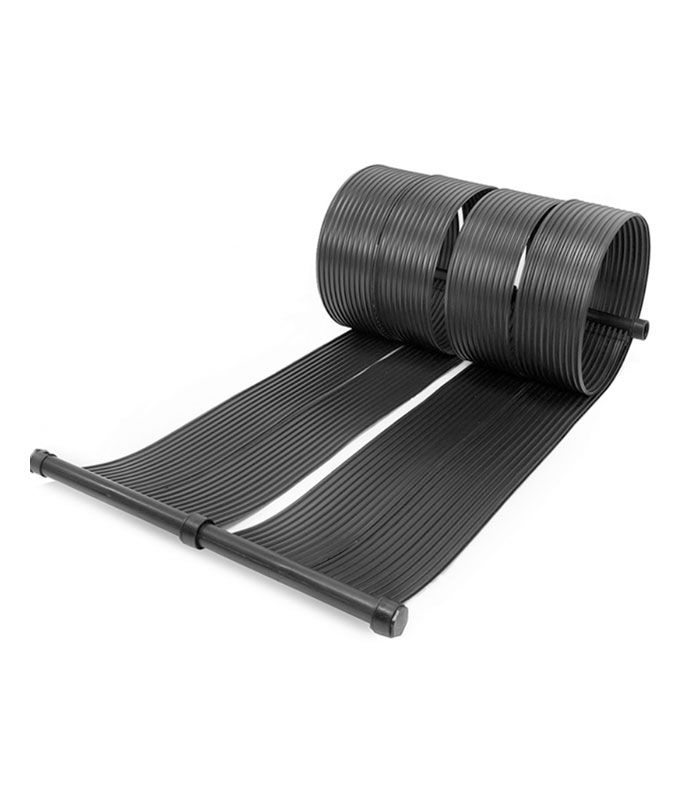Intelligent underwater navigation transforms how you approach underwater challenges. It ensures safe movement by addressing obstacles in real time. Advanced technologies like AI and sensor fusion help you operate efficiently in complex environments. For example, systems like the Aquajack 800 Cordless Robotic Pool Cleaner (https://www.cnpoolstar.com/product/aquajack-800-cordless-robotic-pool-cleaner-440.html) showcase the technical implementation principle of the intelligent avoidance system for underwater obstacles.
Key Takeaways
- Smart underwater navigation uses AI and combined sensors to improve safety and work better in tricky areas.
- Avoiding obstacles quickly is key for AUVs to move safely and handle surprises.
- New tools like small sensors and edge computing are changing underwater exploration, helping with quicker choices and better movement.
The Need for Intelligent Underwater Navigation
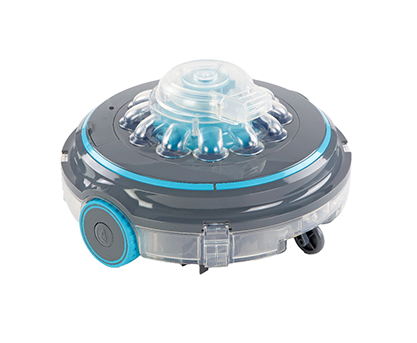
Rising demand for autonomous underwater vehicles (AUVs) in various industries
You’ve probably heard about autonomous underwater vehicles (AUVs). These robotic systems are transforming industries like marine research, offshore energy, and defense. Scientists use AUVs to map the ocean floor and study marine ecosystems. Energy companies rely on them to inspect underwater pipelines and oil rigs. Defense organizations deploy them for surveillance and mine detection.
The demand for AUVs keeps growing because they can operate in places humans cannot reach. Their ability to work in deep waters and harsh conditions makes them essential tools. As industries expand their underwater operations, the need for smarter navigation systems becomes even more critical.
Limitations of traditional navigation systems in complex underwater environments
Traditional navigation systems struggle in underwater environments. GPS signals don’t work underwater, and visibility is often poor due to murky water or low light. You might find that these systems rely heavily on pre-programmed routes, which limits their flexibility.
When conditions change or unexpected obstacles appear, traditional systems can’t adapt quickly. This lack of adaptability increases the risk of collisions and mission failures. You need intelligent navigation systems to overcome these challenges and ensure safe operations.
The critical role of real-time obstacle avoidance for operational safety
Imagine an AUV navigating through a coral reef or avoiding debris in a shipwreck. Real-time obstacle avoidance is crucial in these scenarios. It allows the vehicle to detect and respond to obstacles instantly.
Tip: Real-time systems use advanced sensors and algorithms to analyze the environment and make decisions on the spot.
Without this capability, underwater missions would face higher risks. Real-time obstacle avoidance ensures safety and efficiency, making it a cornerstone of intelligent underwater navigation.
Core Technologies Driving Advancements
Artificial intelligence (AI) and machine learning (ML) for adaptive decision-making
AI and ML are revolutionizing underwater navigation. These technologies allow systems to learn from data and improve their performance over time. You can think of AI as the "brain" of an autonomous underwater vehicle (AUV). It processes information from sensors and makes decisions based on the environment.
Machine learning takes this a step further. It enables AUVs to adapt to new situations. For example, if an AUV encounters an unfamiliar obstacle, ML algorithms help it analyze the situation and choose the best course of action.
Tip: AI-powered systems can predict potential hazards by analyzing patterns in real-time data. This reduces the risk of collisions and ensures smoother operations.
With AI and ML, underwater navigation becomes smarter and more reliable. These technologies are essential for tackling the unpredictable nature of underwater environments.
Sensor fusion for comprehensive environmental awareness
Underwater navigation relies on multiple sensors to gather information. Sensor fusion combines data from these sensors to create a complete picture of the surroundings. This approach improves accuracy and helps you make better decisions.
For instance, an AUV might use sonar to detect objects, cameras to capture images, and pressure sensors to measure depth. Sensor fusion integrates all this data into a single, coherent view.
- Benefits of sensor fusion:
- Enhanced obstacle detection
- Improved navigation in low-visibility conditions
- Greater reliability in dynamic environments
By using sensor fusion, you can ensure that AUVs operate safely and efficiently, even in challenging underwater conditions.
Edge computing for low-latency data processing
Edge computing brings data processing closer to the source. Instead of sending data to a remote server, AUVs process it locally. This reduces delays and allows for faster decision-making.
Imagine an AUV navigating through a narrow underwater canyon. It needs to analyze sensor data and adjust its path instantly. Edge computing makes this possible by minimizing the time it takes to process information.
Note: Low-latency processing is critical for real-time obstacle avoidance and adaptive navigation.
With edge computing, you can achieve high-speed performance without relying on constant communication with surface stations. This technology is a game-changer for underwater missions requiring quick responses.
Miniaturization of sonar and imaging technologies for enhanced performance
Advancements in miniaturization have made sonar and imaging technologies more compact and efficient. Smaller sensors mean you can equip AUVs with more tools without increasing their size or weight.
Modern sonar systems provide high-resolution images of underwater environments. Miniaturized cameras capture detailed visuals, even in low-light conditions. These technologies help you navigate complex terrains and identify objects with precision.
- Key advantages of miniaturization:
- Reduced energy consumption
- Increased payload capacity for additional sensors
- Improved maneuverability in tight spaces
By leveraging miniaturized technologies, you can enhance the capabilities of AUVs while maintaining their efficiency. This innovation plays a vital role in advancing underwater exploration.
Emerging Trends in 2025

Hybrid systems combining AI with traditional navigation methods
You’ll find hybrid systems blending AI with traditional navigation methods to be a major trend in underwater technology. These systems combine the adaptability of AI with the reliability of pre-programmed navigation. AI handles dynamic environments, while traditional methods ensure stability in predictable conditions.
Why it matters: Hybrid systems reduce the risk of failure by leveraging the strengths of both approaches. They offer a balanced solution for navigating complex underwater terrains.
For example, an AUV equipped with a hybrid system can use AI to avoid unexpected obstacles while relying on traditional navigation for long-distance travel. This combination enhances operational efficiency and safety.
Neurosymbolic AI for advanced reasoning and adaptability
Neurosymbolic AI merges neural networks with symbolic reasoning. You’ll see this technology enabling AUVs to think more like humans. Neural networks process sensory data, while symbolic reasoning interprets it to make logical decisions.
This approach improves adaptability. For instance, if an AUV encounters a new type of obstacle, neurosymbolic AI helps it analyze the situation and choose the best action.
- Key benefits:
- Enhanced problem-solving capabilities
- Improved decision-making in unfamiliar environments
- Greater flexibility in mission planning
Neurosymbolic AI pushes the boundaries of underwater navigation, making AUVs smarter and more versatile.
Swarm intelligence for collaborative navigation in AUV fleets
Swarm intelligence mimics the behavior of groups like schools of fish or flocks of birds. You’ll find this trend revolutionizing how AUV fleets operate. Instead of working individually, AUVs communicate and collaborate to achieve shared goals.
Tip: Swarm intelligence enables AUVs to coordinate their movements, avoid collisions, and cover larger areas efficiently.
Imagine a fleet of AUVs mapping the ocean floor. Swarm intelligence allows them to divide tasks and share data in real time. This approach increases productivity and reduces operational costs.
Bio-inspired designs for improved maneuverability
Nature inspires many advancements in underwater navigation. You’ll notice bio-inspired designs becoming more common in AUVs. Engineers study marine animals like dolphins and octopuses to develop systems with better maneuverability.
For example, flexible fins and streamlined bodies help AUVs move through water with less resistance. These designs improve speed and agility, making it easier to navigate tight spaces or turbulent waters.
- Examples of bio-inspired features:
- Soft robotics for flexible movement
- Propulsion systems mimicking fish tails
- Sensors modeled after shark electroreceptors
Bio-inspired designs enhance the performance of AUVs, making them more efficient and adaptable.
Quantum sensors for ultra-precise navigation
Quantum sensors represent a breakthrough in underwater navigation. You’ll find these devices offering unmatched precision by measuring minute changes in physical properties like gravity and magnetic fields.
Note: Quantum sensors don’t rely on external signals like GPS, making them ideal for deep-sea missions.
These sensors help AUVs detect subtle environmental changes, navigate complex terrains, and locate objects with pinpoint accuracy. Their ultra-precise capabilities open new possibilities for underwater exploration.
5G-powered robotics for enhanced communication and control
5G technology transforms how AUVs communicate and operate. You’ll see faster data transmission and lower latency, enabling real-time control and monitoring.
Imagine controlling an AUV from the surface while receiving live video feeds. 5G makes this possible by providing a stable and high-speed connection.
- Advantages of 5G-powered robotics:
- Improved remote operation
- Enhanced data sharing between AUVs and surface stations
- Greater reliability in dynamic environments
With 5G, underwater missions become more efficient and responsive, paving the way for advanced robotics in underwater navigation.
The Technical Implementation Principle of the Intelligent Avoidance System for Underwater Obstacles
Integration of multi-sensor fusion for dynamic obstacle detection
You rely on multi-sensor fusion to enhance the technical implementation principle of the intelligent avoidance system for underwater obstacles. This approach combines data from various sensors, such as sonar, cameras, and pressure gauges, to create a unified view of the environment. Each sensor provides unique information. For example, sonar detects objects in murky waters, while cameras capture visual details.
By integrating these inputs, you enable underwater vehicles to detect obstacles dynamically. This system ensures that no single sensor failure compromises safety. It also improves accuracy, especially in complex environments like coral reefs or shipwrecks.
Tip: Multi-sensor fusion helps AUVs adapt to changing conditions, making them more reliable in unpredictable underwater scenarios.
Predictive modeling for proactive navigation
Predictive modeling plays a key role in the technical implementation principle of the intelligent avoidance system for underwater obstacles. It uses algorithms to analyze past and real-time data, allowing AUVs to anticipate potential hazards.
For instance, if an underwater vehicle detects a fast-moving object, predictive modeling calculates its trajectory. This enables the vehicle to adjust its path before a collision occurs. You benefit from smoother operations and reduced risks during missions.
Energy-efficient algorithms for extended operational life
Energy efficiency is crucial for underwater vehicles. The technical implementation principle of the intelligent avoidance system for underwater obstacles includes algorithms designed to minimize power consumption. These algorithms optimize sensor usage and data processing, ensuring that AUVs operate longer without recharging.
Note: Energy-efficient systems allow you to complete extended missions, even in remote or deep-sea locations.
By focusing on energy efficiency, you maximize the potential of underwater exploration while reducing operational costs.
Challenges and Solutions
Addressing environmental unpredictability and dynamic obstacles
Underwater environments constantly change. You face challenges like shifting currents, varying visibility, and unexpected obstacles. These factors make navigation unpredictable. Coral reefs, debris, and marine life can appear suddenly, increasing the risk of collisions.
To address these challenges, you rely on adaptive systems. These systems use real-time data to analyze the environment and adjust navigation paths. For example, the technical implementation principle of the intelligent avoidance system for underwater obstacles integrates multi-sensor fusion. This approach combines sonar, cameras, and pressure sensors to detect obstacles dynamically. It ensures safe navigation even in unpredictable conditions.
Overcoming data processing and communication bandwidth limitations
Underwater missions generate large amounts of data. Processing this data quickly becomes a challenge, especially when communication bandwidth is limited. You might experience delays in transmitting information between AUVs and surface stations.
Edge computing offers a solution. By processing data locally, AUVs reduce reliance on external communication. This technology enables faster decision-making and ensures smooth operations. You can also use advanced algorithms to compress data, minimizing bandwidth usage while maintaining accuracy.
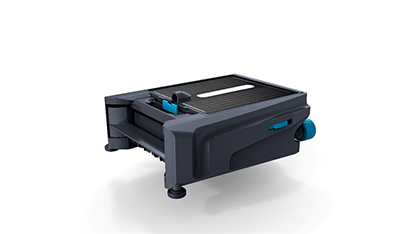
Enhancing energy efficiency and battery life in AUVs
Energy efficiency is critical for underwater vehicles. Long missions require extended battery life, but high-powered sensors and processors consume significant energy. You need systems that optimize power usage without compromising performance.
Energy-efficient algorithms play a key role. These algorithms prioritize essential functions while reducing unnecessary processes. For example, the technical implementation principle of the intelligent avoidance system for underwater obstacles includes energy-saving measures. By optimizing sensor usage and data processing, you extend operational life and reduce costs.
Solutions like real-time edge computing and advanced predictive algorithms
Real-time edge computing and predictive algorithms transform underwater navigation. Edge computing processes data instantly, enabling quick responses to obstacles. Predictive algorithms analyze patterns and anticipate hazards before they occur.
These technologies work together to enhance safety and efficiency. For instance, predictive modeling calculates the trajectory of moving objects, allowing AUVs to adjust their paths proactively. Combined with edge computing, this approach ensures reliable navigation in dynamic environments.
Future Outlook
The potential for fully autonomous underwater exploration
You are on the brink of a new era in underwater exploration. Fully autonomous underwater vehicles (AUVs) could soon operate without human intervention. These systems would navigate, collect data, and make decisions independently. Imagine an AUV mapping the ocean floor for weeks without needing surface support.
Note: Advances in AI, sensor fusion, and energy-efficient algorithms make this vision achievable.
Fully autonomous systems could explore areas too dangerous or remote for humans. They would also reduce costs by eliminating the need for constant monitoring. This technology holds the key to unlocking the mysteries of the deep sea.
Implications for industries like marine conservation, defense, and offshore energy
Autonomous underwater navigation will transform industries. In marine conservation, you could use AUVs to monitor coral reefs and track endangered species. These systems would provide real-time data, helping you protect fragile ecosystems.
In defense, autonomous systems enhance surveillance and mine detection. They operate in hostile environments, ensuring safety for naval operations. Offshore energy companies benefit from AUVs inspecting pipelines and oil rigs. These vehicles work faster and more efficiently than traditional methods.
- Key benefits across industries:
- Reduced operational costs
- Improved safety in hazardous environments
- Access to real-time, high-quality data
The importance of international collaboration in advancing underwater navigation technologies
Global collaboration is essential for advancing underwater navigation. You can share knowledge, resources, and expertise to accelerate innovation. International partnerships also ensure that technologies meet global standards.
Tip: Collaborative efforts can address challenges like environmental unpredictability and data sharing.
By working together, nations can develop systems that benefit everyone. This approach fosters sustainable exploration and ensures the responsible use of underwater resources.
Advancements in intelligent underwater navigation have revolutionized how you explore and operate beneath the waves. Technologies like AI, sensor fusion, and edge computing have unlocked safer and more efficient underwater missions.
Key takeaway: Continued innovation is essential. It helps you overcome challenges like environmental unpredictability and energy limitations, paving the way for groundbreaking discoveries.
The future of underwater exploration holds immense potential. From protecting marine ecosystems to advancing offshore industries, your efforts will shape a more sustainable and connected world.
FAQ
What makes intelligent underwater navigation different from traditional systems?
Intelligent systems adapt to changing environments. They use AI, sensor fusion, and real-time data to avoid obstacles dynamically, unlike traditional systems that rely on pre-programmed routes.
How do autonomous underwater vehicles (AUVs) detect obstacles?
AUVs use multi-sensor fusion. They combine sonar, cameras, and pressure sensors to create a detailed map of their surroundings, ensuring accurate obstacle detection and safe navigation.
Tip: Multi-sensor fusion improves reliability by compensating for individual sensor limitations.
Can intelligent navigation systems operate in deep-sea environments?
Yes, they can. Technologies like quantum sensors and energy-efficient algorithms enable AUVs to function effectively in deep-sea missions, even without external signals like GPS.
Note: These advancements make deep-sea exploration safer and more efficient.

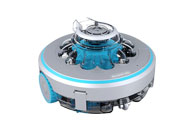 Robotic Pool Cleaner
Robotic Pool Cleaner  Portable Pool Vacuum Cleaner
Portable Pool Vacuum Cleaner  Automatic Pool Cleaner
Automatic Pool Cleaner 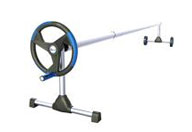 Pool Cover Reel
Pool Cover Reel 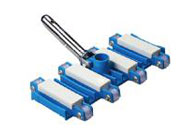 Pool Cleaning Accessories
Pool Cleaning Accessories 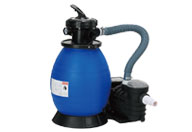 Pool Filter Pump
Pool Filter Pump 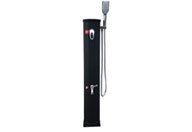 Pool Solar Shower
Pool Solar Shower 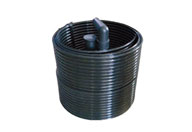 Pool Solar Collector
Pool Solar Collector 
